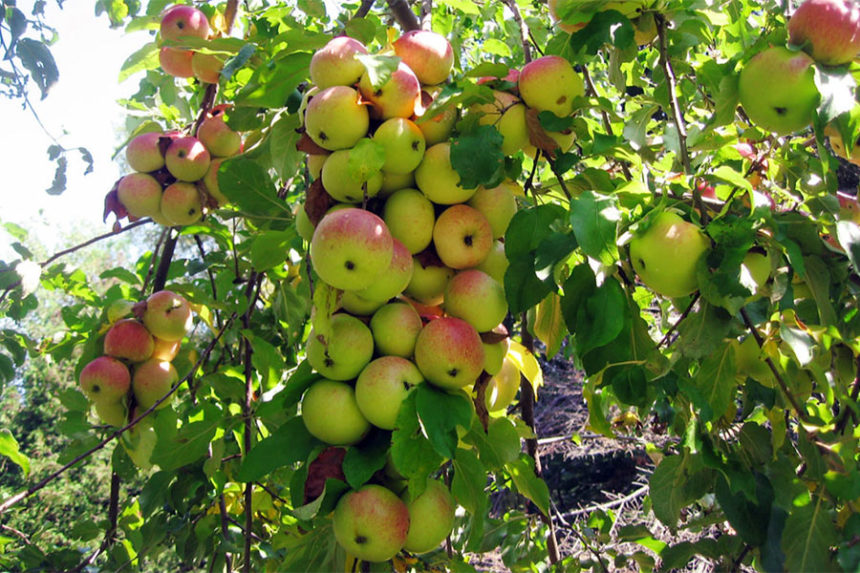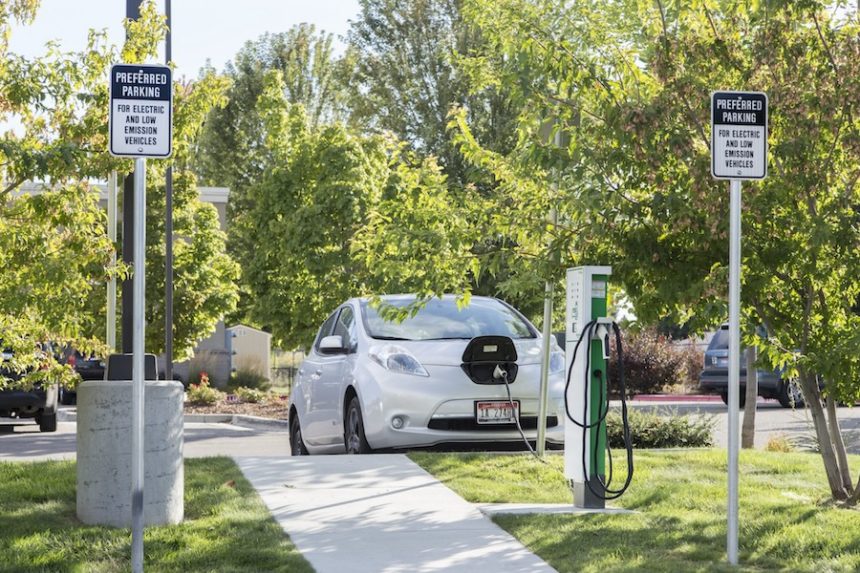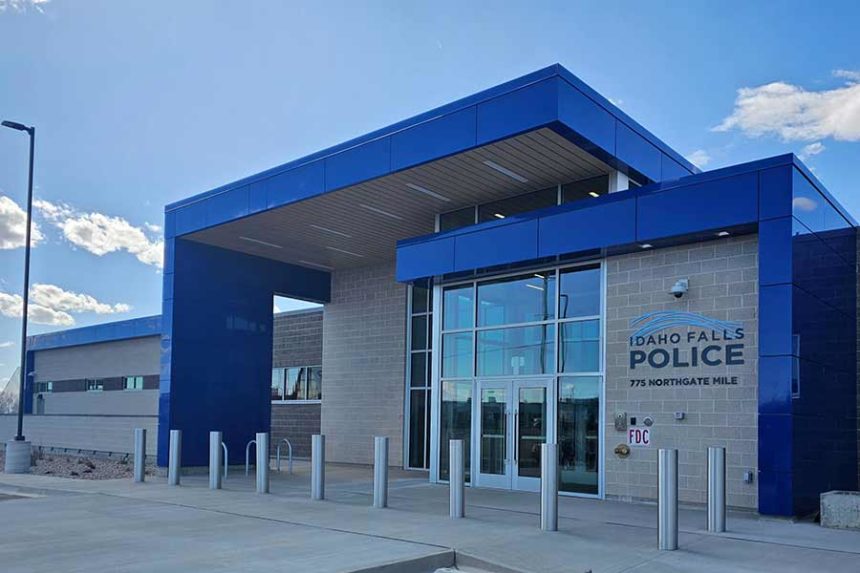Have you ever seen that your backyard pear or apple tree yields a surprisingly tiny crop the next year after producing a huge amount the year before? Alternate bearing or biennial bearing are terms used to describe this frequent phenomenon. Many fruit trees have a natural tendency to alternate between an On-Year, when they produce a lot of fruit, and an Off-Year, when they produce very little or no fruit.
If you’re hoping for a steady supply of fresh fruit, this can be frustrating. In addition to producing erratic yields, a heavy On-Year can harm the tree by causing limbs to break under the weight of the fruit and frequently producing smaller, lower-quality fruit. You can manage your tree for better, more consistent harvests if you know why it does this.
What causes this fluctuating fruit production?
This alternate bearing cycle can be triggered by unfavorable weather conditions. For instance, the growing flowers and immature fruits may be harmed or killed by a late frost during the critical flowering phase or by exceptionally high temperatures during the fruit set. Pollinator activity can be lowered by prolonged cool, rainy, or hot, dry conditions during bloom, which can result in poor pollination and a weak crop. Your tree will probably have an off-year if these factors cause it to shed its blossoms early in the season. However, if the circumstances are right, an abundance of fruit may result in an On-Year, which could prepare the next season for an Off-Year.
Throughout the spring and early summer, fruit trees naturally drop fruit. When the fruit is around the size of a pea, this initial drop happens soon after the petals fall. Poor pollination or insufficient pollinator activity due to inclement weather may be the cause of this. Early in June, when the fruit is between one and two inches in diameter, the second drop, also known as the June drop, occurs. As a result of competition for scarce resources like water and nutrients, the tree naturally thins out and loses superfluous fruit.
Energy management is the main notion underlying alternate bearing. While this year’s fruit is still developing, the flower buds that will yield the crops the next year start to form. The majority of the energy (sugars) from a high crop this season is used to mature the fruit, leaving little energy left over to produce new flower buds the next spring.
Hormonal changes inside the tree can cause the alternating bearing to become a self-sustaining cycle once it begins. New vegetative shoots that create the blooms of the following year might be suppressed by a big crop in the summer and fall.
Because of their genetic composition, certain fruit tree varieties are just more likely than others to alternate bearing. Apple varieties such as Elstar, for example, are extremely vulnerable, although Braeburn apples typically bear more frequently. To choose a more reliable producer when establishing a new fruit tree, learn about the bearing patterns of various cultivars and the rootstock (if available).
What can you do?
The initial step is to comprehend the causes of alternating bearing. Thinning is the best way to control alternate bearing and encourage reliable, superior fruit yield. Although certain fruit June drops are organically thinned by your tree, further hand thinning is frequently required.
There are various advantages to hand thinning, which is removing extra fruit from the branches by hand:
- Allows the remaining fruit to grow larger and develop better quality
- Reduces the energy demand on the tree, allowing it to put more resources into developing flower buds for the next year s crop
- Minimizes limb breakage caused by overloaded branches
Apples should ideally be hand-thinned within six weeks of full bloom, but if that window has already gone, it’s still preferable to thin now than not at all. Fruit should be spaced 8 to 10 inches apart along the branch, with the largest, healthiest apple in each cluster. Hand thinning is also beneficial for pears, plums, and apricots, albeit they should be placed 6 to 8 inches apart.
You may promote more consistent production and reap a better harvest each year by actively managing your fruit trees by thinning and being conscious of the biological and environmental forces at work.












